
Spring is here! So we have compiled a list of our eight favourite bee loving flowers for spring. Diversity of flowers and strategic planning is key, this way the bees have access to an array of yummy food sources. Planting bee loving flowers in large patches really gets their attention and makes your garden look vibrant and blooming!
1) Lavender
This is one of the most widely cultivated plants. Lavender has a long flowering period and is tough and easy, making it a very popular plant to have in your garden. This fragrant flower has both pollen and nectar to feed the bees and attracts them like a magnet. Not only is it great for bees, but it's got multiple uses for us; try fresh lavender in salads (it complements baby greens and feta), or drop a sprig of fresh lavender into a glass of bubbles, or even sprinkle a few flowers on top of a cake. They are also a great flower to dry and have around the house, the scent will last up to 2 years!
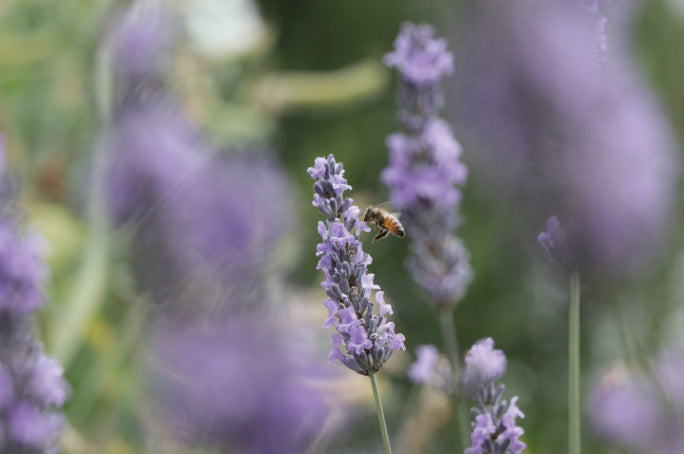
2) Forget-me-not
These charming, old school flowers provide cherry blue life to gardens. They are wildflowers so naturally organic and are not susceptible to bugs or diseases. The forget-me-not actually helps control garden pests and they attract bees and other beneficial insects, like many wildflowers.

3) Rosemary
This is one of many herbs that are a bees favourite. Rosemary produces flowers in a single row of petals, rather than double flowers, this makes landing and retrieving nectar much easier! Not only is rosemary great for bees but it’s a cooking favourite you just can’t beat it on a roast lamb or sprinkled over roast potatoes.
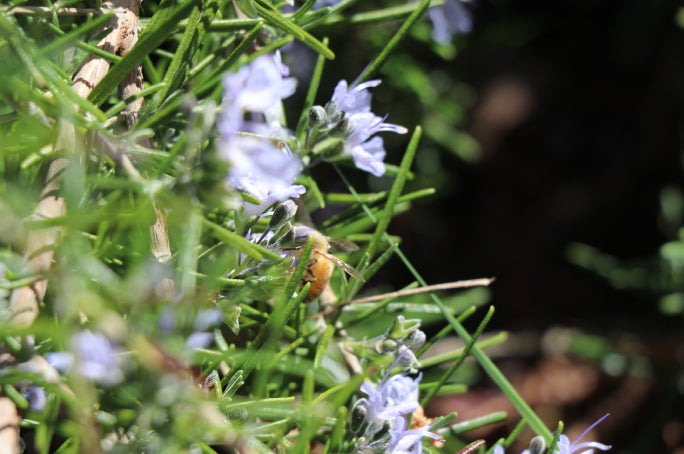
4) Sunflowers
This is another bee favourite as they are attracted to the bright yellow colour, and it also provides both nectar and pollen. This is one of our favourites and we love growing them. Sunflowers turn their face towards the sun so that the flower head receives the level of sunshine it needs, and the stalks are shielded from the sun's rays, which they are sensitive to.
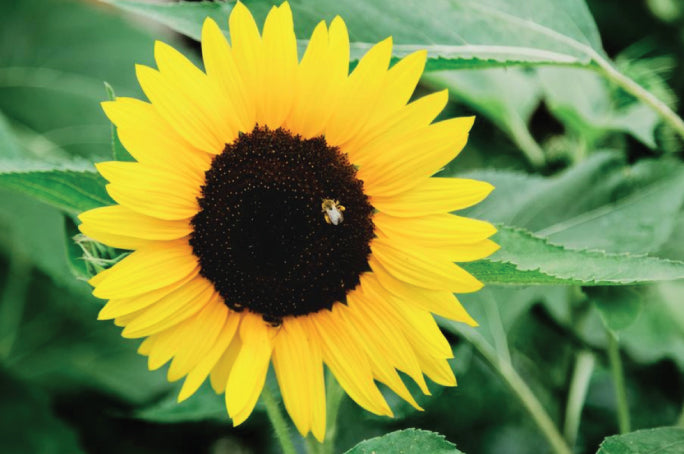
5) Petunias
These flowers are prolific bloomers with most varieties blooming all summer long. They come in multiple different colours providing your garden with an array of colours that are bee’s favourite. Although Petunia’s are not the bees first choice due to their frilly petals, they are perfect for grabbing bees attention and getting them into your garden. When planting petunias it’s a good idea to have them next to a more easily accessible flower such as a sunflower or forget-me-nots.
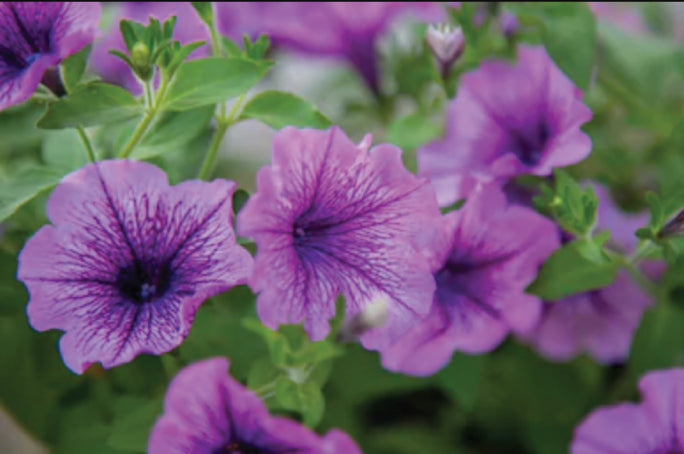
6) Salvias
These flowers are a plant for every situation. They have a fast growth rate and are easy to care for. The array of colours that grow makes them highly attractive to bees. Salvias are different to most flowers as they cannot be narrowed down to just one set of characteristics or traits as there are over 900 types and they range from 20cm to 3m and are a variety of shrubs, annuals and herbaceous perennials- they really are a flower for every garden.

7) Marigolds
This is one of the most famous companion plants around. They are brightly coloured and beautiful, yet produce a strong smell that repels many insects, their roots also contain a pesticidal chemical which kills parasites living in the soil. However, despite all this the honey bees is not bothered at all! Marigolds don’t grow huge so they can easily be dotted throughout your garden and fill in the gaps between your veggies.
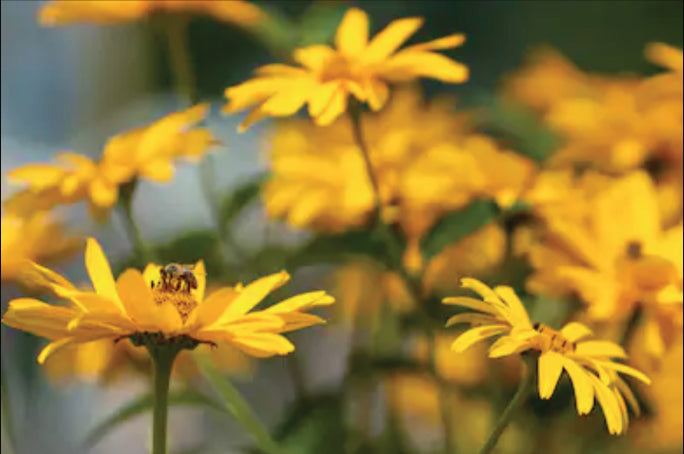
8) Scabiosas
Scabious flowers range from whites to soft pastel blues and pinks, they are a powerhouse of perennial flowering, producing masses of pom pom shaped flowers over an extended period of time. They have a flattened, open shape that makes them attractive to bees. Scabiosas look great in a vase and are used by many florists, they are self-sewing, and birds love the dried seed heads!

Remember that one of the biggest threats for bees is the use of insecticides in your garden. To reduce the likelihood of using insecticides, keep your garden healthy, water and fertilise it regularly. Insects only attack weak plants, so by keeping your garden strong you are minimising the odds of having to use insecticides- and don't forget to plant a few wildflowers and marigolds around for extra protection!

0 comments